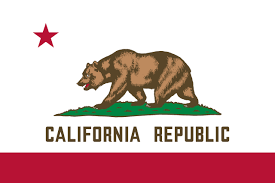CVC 22103: Stop Signs
California Vehicle Code (CVC) 22103 pertains to the rules and regulations governing the requirement to stop a vehicle at a stop sign. In California, as in most jurisdictions, stop signs are used at intersections and other locations to control traffic and ensure safe driving. CVC 22103 outlines the specific requirements for drivers when they encounter a stop sign. Here's an explanation of CVC 22103:
-
Complete Stop: CVC 22103 mandates that when a driver approaches a stop sign, they must make a complete stop before proceeding through the intersection. A complete stop means that the vehicle must come to a standstill, with no forward or rolling motion.
-
Stop Line or Crosswalk: Drivers are required to stop their vehicle at the designated stop line if there is one painted on the road. If there is no stop line, they should stop before the crosswalk, if present. If there is neither a stop line nor a crosswalk, drivers should stop at a point nearest to the intersecting roadway where they have a clear view of approaching traffic and can safely enter the intersection.
-
Right of Way: When two or more vehicles arrive at a stop sign intersection simultaneously, or if it's unclear which vehicle arrived first, the vehicle on the right has the right of way. This helps determine the order in which vehicles should proceed through the intersection.

DontPayTickets.com
Fight Back California Traffic Violations and Tickets

